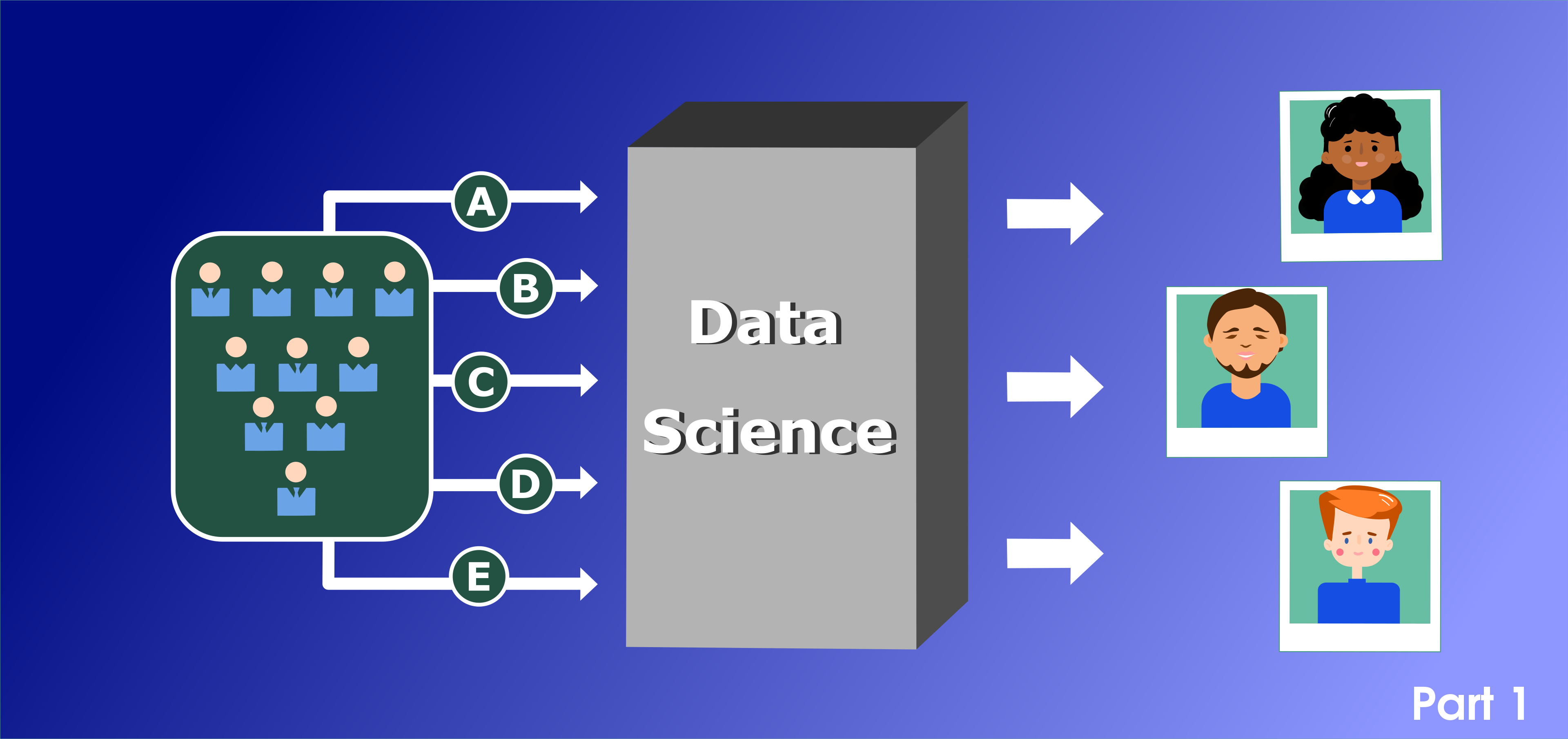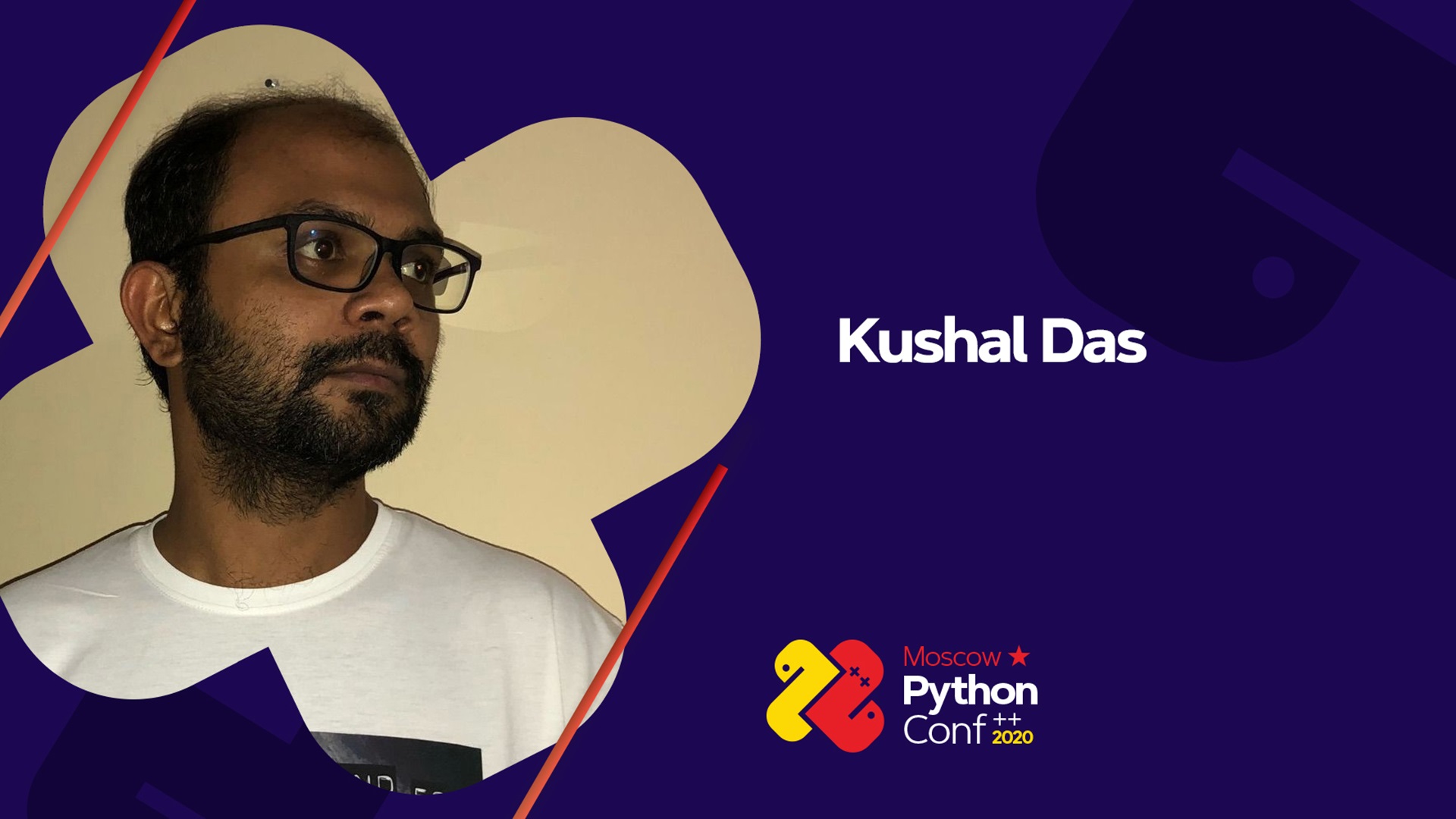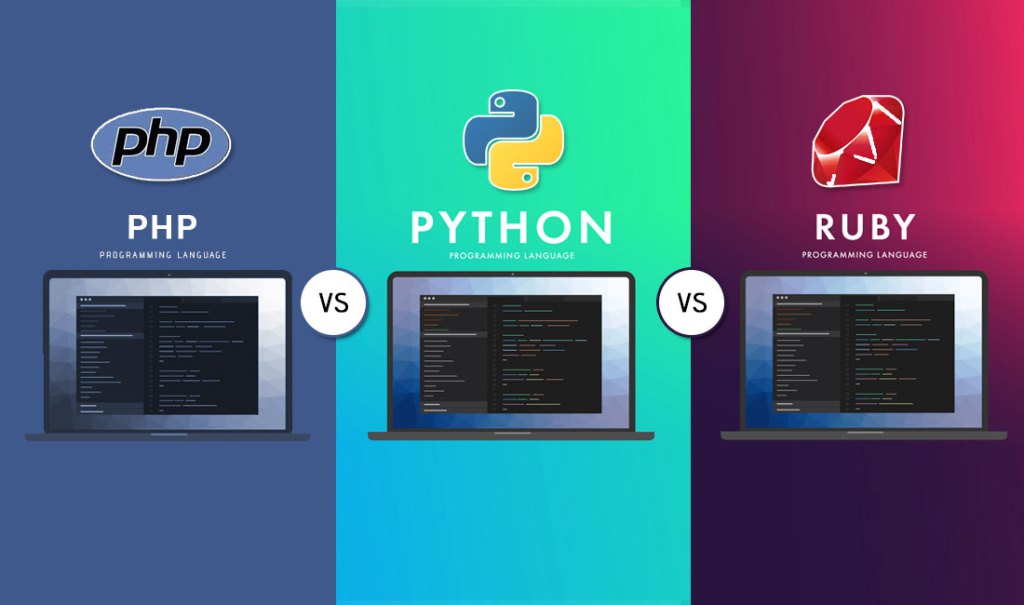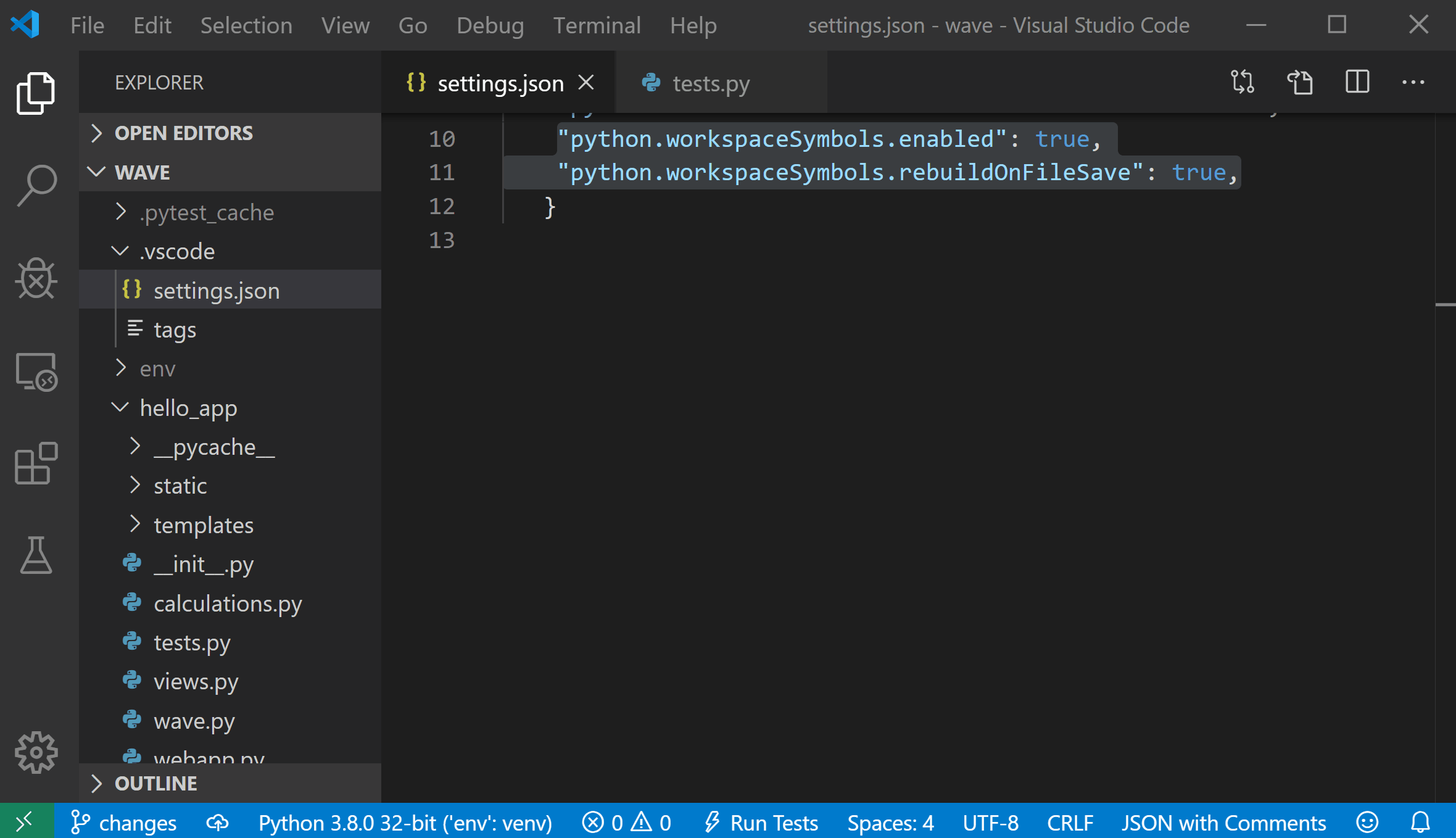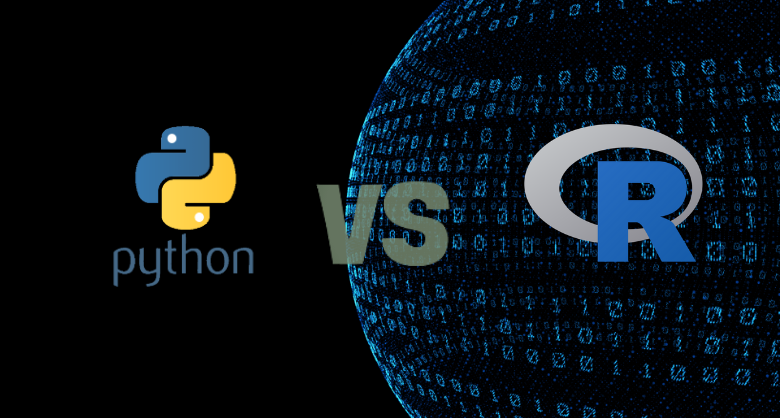The artificial intelligence global market is expected to reach $190 billion by 2025. The bright future of this technology allures every entrepreneur. In fact, when we think about the technologies that are going to rule in the future, the one name that comes to our minds is ~ Artificial intelligence.
AI along with its subsets like machine learning and deep learning is making such things possible which were unimaginable by humankind a few years back. It is affecting the realities and sometimes changing reality completely.
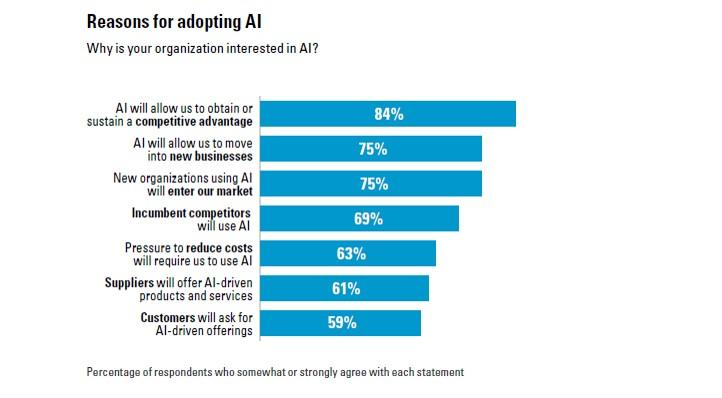
The power of AI is well acknowledged by businesses as
84% of respondents in a study voted that they believe artificial intelligence will allow them to enjoy a competitive edge over competitors.
Although entrepreneurs have an idea about AI but what most of them lack is proper implementation. The use of optimum programming tools for a complex technology like AI can create wonders for the world of business.
Every custom web developer knows that a python is an apt tool for building AI-enabled -applications. The language has been
used to create 126,424 websites so far. Since its launch in the late 1980s, python has seen remarkable growth not only in users but in applications too.
Python is the favorite language for software developers to create applications that have artificial intelligence, machine learning, etc features embedded in them. But there are reasons behind everything.
This blog is written with the intent to unveil these reasons. Let’s explore why python is extensively used in AI-enabled software development services.


